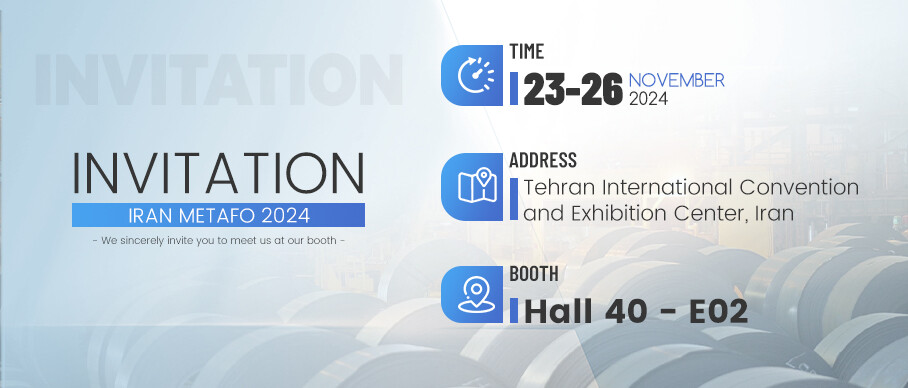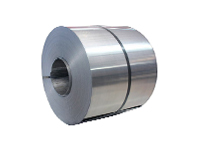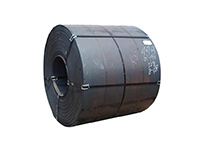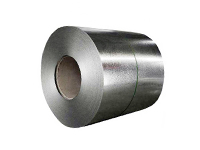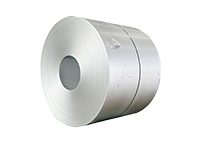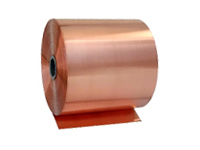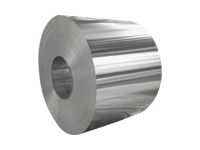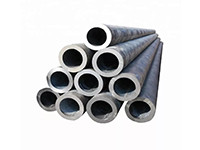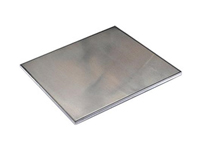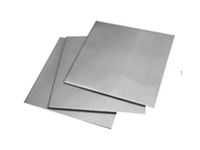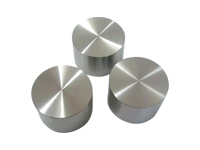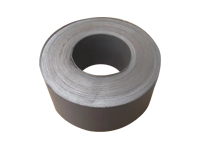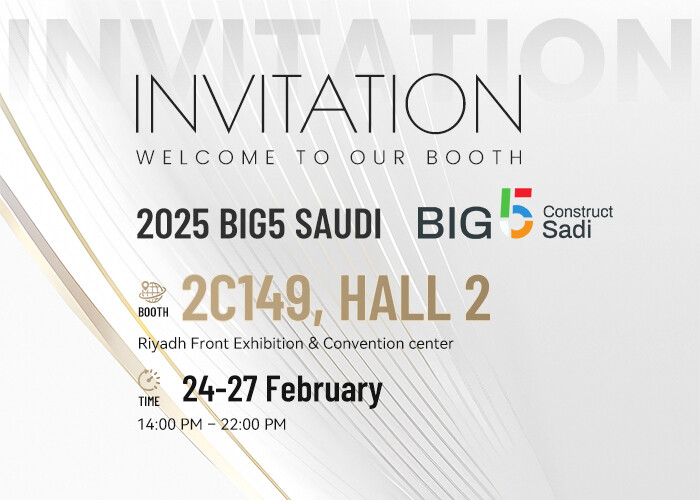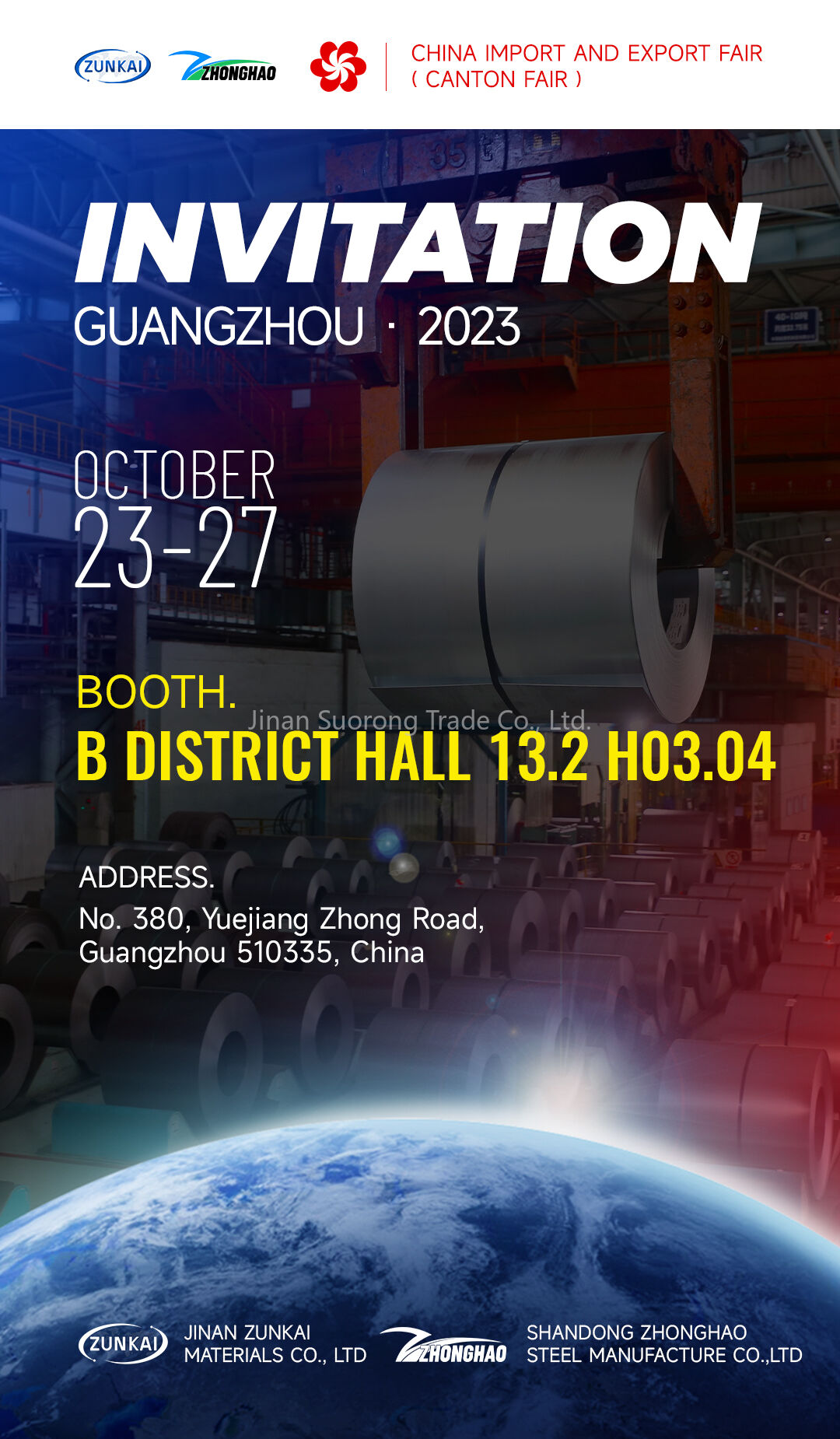News
 Galvanized Steel
Galvanized Steel1. Pre-Treatment Process: Some rolling oil and other contaminants remain on the surface of cold rolled steel sheets following processing. These are removed by passing the electrically charged sheet through an alkaline solution which induces an electrochemical reaction.
2. Annealing: The material properties of the pre-treated steel sheet can be altered and improved through recrystallization during the annealing process.
3. Hot-Dip Galvanizing: After passing through the annealing furnace, steel sheets are dipped into a zinc pot where molten Zn is coated onto the surface. The desired coating weight is achieved by removing excess zinc before solidification with high-pressure air from an air knife.
4. Galvannealing: The surface of a steel sheet, after the air knife, can be coated with a zinc compound prior to reheating in an annealing process. Zn atoms diffuse into the Fe to create a Zn-Fe series alloy.
5. SPM & Chemical Treatment: In order to achieve a flat surface and an elegant finish, the steel sheet is processed with a skin pass mill. In order to prevent the white rust, which often forms on the surface of activated zinc, and to improve corrosion resistance, the surface is coated with a Cr-free resin.
6. lnspection & Coiling: In order to achieve a flat surface and an elegant finish, the steel sheet is processed with a skin pass mill. In order to prevent the white rust, which often forms on the surface of activated zinc, and to improve corrosion resistance, the surface is coated with a Cr-free resin.
 Wire Rod1. Billet Conditioning: This process is intended for checking the surface quality of billet and removing any defects. Shot blast is used to remove any scale from the surface. Magnet particle testing and visual inspection are also used to identify any defects which must be removed using a grinder. Ultrasonic testing and dimension and geometry checking are also applied as part of the internal quality assurance process.
Wire Rod1. Billet Conditioning: This process is intended for checking the surface quality of billet and removing any defects. Shot blast is used to remove any scale from the surface. Magnet particle testing and visual inspection are also used to identify any defects which must be removed using a grinder. Ultrasonic testing and dimension and geometry checking are also applied as part of the internal quality assurance process.2. Reheating: The temperature within the furnace and the duration of reheating depend on where the product will be used. To avoid decarburization, which can affect the surface quality of the product, a billet is pre-heated sufficiently at a low temperature before being rolled within the reheating furnace. For this purpose, the fuel and air ratio are strictly controlled.
3. Rolling: The temperature, draft and speed of deformation with which the product is rolled are controlled to meet customer requirements for material features. Further measures to ensure the surface quality include the adjustment of roll roughness and gap, detection of any cracks and dimension correction.
4. Cooling: Coiling temperature at the laying head, the air flow and movement speed of the blower on the cooling bed and the cooling speed of the insulation cover are controlled to ensure that the product has the features required for each application. High carbon steel Wire rods are subject to fast cooling to achieve the microstructure required for successful drawing while low carbon steel is subject to slow cooling to ensure that the product provides the softness required for the customer to eliminate an annealing process.
5. Inspection: Samples are taken from the front and rear edges of the product after rolling and cooling for testing to identify any defects in the dimension or surface or material integrity. Packaging and tagging are also inspected according to customer requirements prior to shipping.
 Electrical steel
Electrical steel1. Preliminary Annealing: During the preliminary annealing process, a scale which may have formed on the hot rolled steel is removed as delayed passing through scale breaker and a hydrochloric acid bath. This initial heat treatment process improves the cold rolling properties of steel as well as its magnetic properties.
2. Cold Rolling: In order to obtain specific thickness and material properties, a reduction ratio of 40-90% is applied normally. Rolling and edge trimming machines are automatically controlled to obtain uniform thickness and width.
3. Annealing: Annealing is a process in which cold rolled structures are converted to a recrystallized structure through heat treatment. For grain oriented electrical steel, two different annealing methods are available: decarbonization annealing and high-temperature annealing. Decarbonization annealing removes excess carbon from the steel and applies a MgO coating. High-temperature annealing produces secondary recrystallized structures having superior magnetic properties.
4. Insulation Coating: In this process, insulation coating is applied by a continuous coater roll in order to minimize eddy current losses, which are proportional to the sheet thickness. A series of coaters are used to apply insulation coating liquid to the top and bottom of a plate. Grain oriented electrical steel has two layers of coating, a base coating of dark brown Forsterite (Mg2SiO4) as the main ingredient and a transparent insulating coating containing phosphates. For non-oriented electrical steel, various coating methods with various thicknesses and ingredients are used depending on end usage and specific user’s requirements.
 Electrical Galvanized Steel1. lnput Process: Equipment at the entry point of the electrogalvanizing line consists of a pay-off reel, a shearing M/C, a welding M/C, a looper and a tension leveler. The pay-off reel transports stacked or cold rolled steel materials to the shearing machine which cuts and connects them in preparation for welding. Then comes the welding.
Electrical Galvanized Steel1. lnput Process: Equipment at the entry point of the electrogalvanizing line consists of a pay-off reel, a shearing M/C, a welding M/C, a looper and a tension leveler. The pay-off reel transports stacked or cold rolled steel materials to the shearing machine which cuts and connects them in preparation for welding. Then comes the welding.2. Pre-Treatment Process: An electrolytic cleaning line consists of an electrolysis tank, an acid bath and a rinse tank to remove contaminants and oxide films from the surface of the steel before electroplating.
3. Electrical Galvanizing: The CAROSEL method, among other electric galvanizing, involves the plating of one side at a time by means of a conductor roll. This process produces two-sided, single-sided, differential-sided plated sheets. There is also the horizontal type where two sides of a sheet are plated at the same time to produce a two-sided plated sheet.
4. Phosphate Thin-Film Coating: A phosphate thin-film is applied to the surface of the zinc layer through chemical or electrochemical reactions. The film is intended to provide temporary anti-corrosion protection and to generate a secure painting substrate.
5. Anti-Fingerprinting Process: An organic, inorganic or organic-inorganic hybrid film is applied to the surface of sheet steel in order to supplement its corrosion resistance and to enhance desirable properties such as resistance to fingerprint marks and workability.
6. Output Process: The exit point of the line includes an output looper, tension reel, and an automatic packaging line to protect the products after coil winding.

 Stainless steel material comparison
Stainless steel material comparison Carbon steel material comparison
Carbon steel material comparison Galvanized material comparison
Galvanized material comparison Galvalume material comparison
Galvalume material comparison Copper material comparison
Copper material comparison Aluminum material comparison
Aluminum material comparison Common grades of carbon steel pipes
Common grades of carbon steel pipes Tinplate material comparison
Tinplate material comparison Alloy material comparison
Alloy material comparison Titanium alloy material comparison
Titanium alloy material comparison Silicon steel material comparison
Silicon steel material comparison Pressure vessel plates common grades
Pressure vessel plates common grades
 Gather strength to build excellence together -- Jinan Longmen Mountain Group building activity in 2025 was successfully held2025-03-31On March 3, the beginning of spring, Jinan Longmen Mountain Scenic Spot ushered in a team feast full of vitality and passion. All the staff of our company gathered here to carry out a unique outdoor group building activity with the theme of "forging excellent team". As a national 4A scenic spot with majestic mountains, ecological oxygen bars and professional development facilities, Longmen Mountain provided the perfect stage for this event with its lush natural scenery and mature team collaboration venue.
Gather strength to build excellence together -- Jinan Longmen Mountain Group building activity in 2025 was successfully held2025-03-31On March 3, the beginning of spring, Jinan Longmen Mountain Scenic Spot ushered in a team feast full of vitality and passion. All the staff of our company gathered here to carry out a unique outdoor group building activity with the theme of "forging excellent team". As a national 4A scenic spot with majestic mountains, ecological oxygen bars and professional development facilities, Longmen Mountain provided the perfect stage for this event with its lush natural scenery and mature team collaboration venue. Re-innovation, total transcension -- 2025 annual ceremony was successfully held2025-02-25On February 15, 2025, Shandong Building was permeated with a festive and progressive atmosphere. Our annual event with the theme of "Re-innovation, Surpass together" was held here. This annual meeting, which integrates summary, commendation and celebration, is not only an affectionate look back on the past year, but also an enthusiastic outlook on the future journey. All colleagues gathered together to witness the glorious moment belonging to the team.
Re-innovation, total transcension -- 2025 annual ceremony was successfully held2025-02-25On February 15, 2025, Shandong Building was permeated with a festive and progressive atmosphere. Our annual event with the theme of "Re-innovation, Surpass together" was held here. This annual meeting, which integrates summary, commendation and celebration, is not only an affectionate look back on the past year, but also an enthusiastic outlook on the future journey. All colleagues gathered together to witness the glorious moment belonging to the team. 2025 BIG5 SAUDI2025-02-25Welcome to meet me at our booth 2C149, HALL 2.Riyadh Front Exhibition & Convention center
2025 BIG5 SAUDI2025-02-25Welcome to meet me at our booth 2C149, HALL 2.Riyadh Front Exhibition & Convention center The 134th China Import and Export Fair booth is out;2023-10-13At present, the renovation has been concentrated and started.
The 134th China Import and Export Fair booth is out;2023-10-13At present, the renovation has been concentrated and started.
We are a company specializing in steel production and trade, mainly producing hot rolled, cold rolled, stainless steel, alloy and other products, and also has integrated house production factories such as container houses and movable panel houses.
In the international import and export industry, we have more than ten years of experience;
If you are interested in participating in the China Import and Export Fair and are interested in our products, you can leave your WhatsApp or email and we will contact you with relevant information and price list The correct method of cleaning stainless steel doors and Windows, what are there?2023-04-20We are a well-known enterprise in the steel industry for many years, the following to tell you about the cleaning method of stainless steel doors and Windows surface.
The correct method of cleaning stainless steel doors and Windows, what are there?2023-04-20We are a well-known enterprise in the steel industry for many years, the following to tell you about the cleaning method of stainless steel doors and Windows surface.
Get product information and quotes
